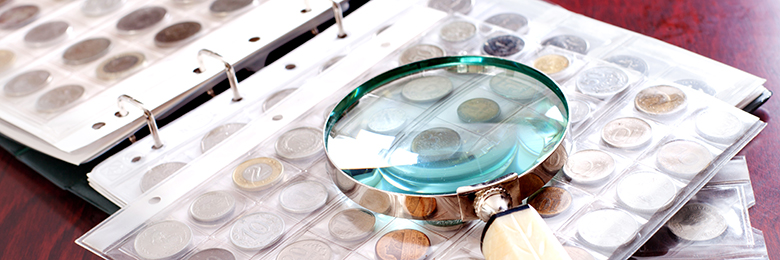Go for Gold – Choosing a Memorabilia Appraiser

Last year, The Olympic Manifesto, an 1892 manuscript by Pierre de Coubertin, estimated at $1,000,000, sold to an anonymous bidder at Sotheby’s New York for an astounding $8,806,500. This established a new world auction record for sports memorabilia, previously held by a Babe Ruth Yankees jersey that sold for $5.64 million earlier in the year.
The auction marked the first time the 14-page manifesto had been publicly exhibited. Coubertin wrote the document as a speech outlining his wish to revive the ancient Olympic Games, leading to the organization of the first modern Olympics in Athens in 1896. Optimistically, he wrote, “It is clear that the telegraph, railways, the telephone, the passionate research in science, congresses and exhibitions have done more for peace than any treaty or diplomatic convention. Well, I hope that athletics will do even more”.
Whether your client’s passion is sports memorabilia, model trains, antique coins or vintage couture, these items may constitute a valuable asset, and learning their worth by obtaining an appraisal is the first step toward wealth protection. An appraisal can also establish the basis on which insurance values are set, and outdated values could limit a collector’s ability to be fully compensated through their insurance policy during a claim. So, even if an appraisal was initially completed, it is in a collector’s best interest to maintain updates.
Identifying an appropriate appraiser can be a daunting task, so use the following information to make informed decisions.
- Review a potential appraiser’s qualifications to gauge experience. Choose one who specializes in the type of items being evaluated rather than a generalist with broad expertise covering a range of genres.
- Use a professional who prepares appraisals on a regular basis. Ideally, the expert has been tested and certified by a recognized professional organization, such as The Appraisers Association of America, the American Society of Appraisers, or the International Society of Appraisers.
- The appraiser should not have a vested interest in the items being appraised. For example, an appraiser involved in the purchase or sale of the items being evaluated, or of similar items, may present a conflict of interest.
- Obtain quotes for appraisal fees in advance, with a written agreement in place prior to the start of the project. Fees should be determined on a per-item basis or at a negotiated rate if the total cost can be estimated up front. Avoid anyone basing fees on a percentage of the values; this is an unacceptable conflict of interest.
- Final appraisal documents must be signed and dated, and should conform to Uniform Standards of Professional Appraisal Practice (USPAP) guidelines. For more information, visit www.uspap.org.
- For appraisals relating to loss in value due to damage, the expert should have direct experience dealing with insurance claims.
- Appraisals for insurance should be prepared using “insurance” or “retail replacement” values, not “fair market,” “estate tax,” “marketable cash value” or other valuation methods.
- In some instances, purchase invoices can be used to establish insurance values. These invoices should be recently dated, be printed on company letterhead with the address of the sales institution, and be in U.S. currency or foreign currency converted on the date of sale.
While your clients might not own the Bambino’s jersey or an Olympic manifesto, they may have spent a significant amount of time and money building their collections, and these “investments of passion” may be worth insuring. You can’t insure something if you don’t know the value, so it follows that getting an appraisal is a good first step. It is also worth mentioning that an appraisal contract is a confidential agreement between a collector and an appraiser, regardless of whether the appraised values will be eventually used for insurance, estate planning, or tax purposes.
~~~
 Rand Silver, Global Director, Art Collection Management, AIG Private Client Group
Rand Silver, Global Director, Art Collection Management, AIG Private Client Group
Rand oversees all aspects of risk management for AIG’s insurance portfolio of art, jewelry, and wine. Working with a team of seasoned professionals, he provides collections related loss prevention services to policyholders, ensures that high-valued claims are handled seamlessly, and implements disaster mitigation and response initiatives.